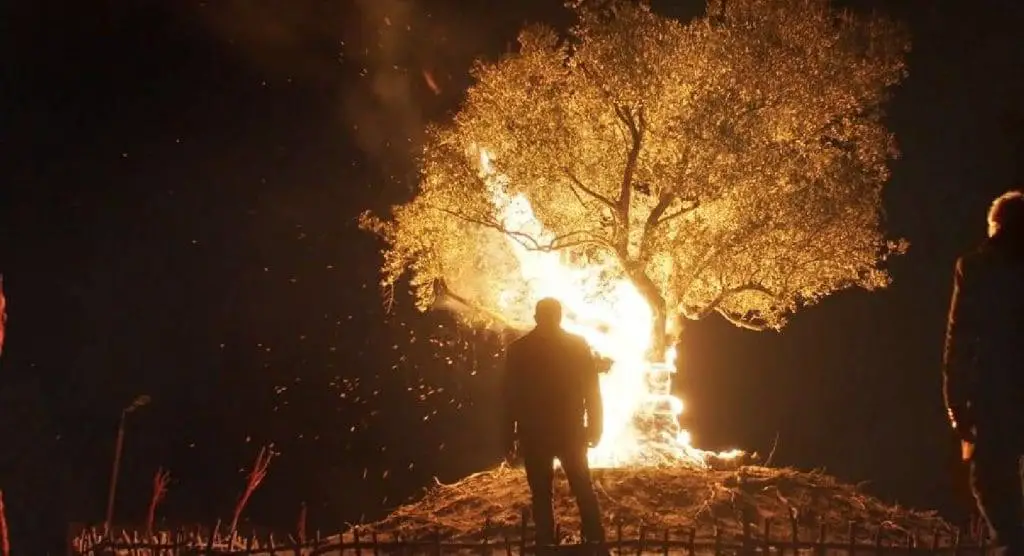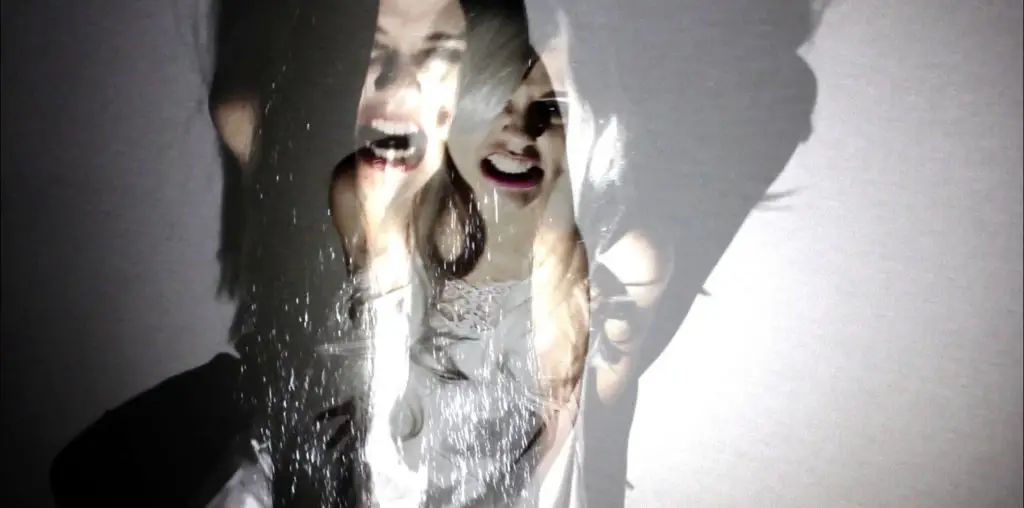
I spent the better part of my life in South Jersey, about 10 miles outside of Philadelphia. Most of my extended family and loved ones still call the area home. I offer up this bit of information because I’m admitting to a bias of being a Philadelphia loyalist all the way through. And beyond the Liberty Bell, Phillie Phanatic, soft pretzels and cheesesteaks, few things are as inherently Philadelphia as the character Rocky Balboa. Hell, a statue of Rocky (a fictional character) stood outside the Philadephia Spectrum for 25 years before being moved to the bottom of the Philadephia Museum of Art’s steps. To know Philly and love Philly is to love Rocky. And I love Philly, which is why the latest installment in the “Rocky” franchise could be the greatest catastrophe (as if “Rocky V” didn’t already earn that status) or the most inspiring success.
This go-around, rumored to be the last (and rightfully so), we find Rocky (Stallone) in his late 50’s coping with, as opposed to living, his days. Adrian is dead, Paulie (Burt Young) is on his final legs at the meat packing plant, Rocky Jr. (Milo Ventimiglia) is trying to make it in the corporate world and Rock finds himself as a host at his own restaurant in South Philly, “Adrian’s,” walking from table to table posing for pictures with the patrons and telling the same stories over and over again. Haunted by a past Rocky can’t let go, and after a computer-generated exhibition match pits virtual Balboa against heavyweight champion Mason “The Line” Dixon (Antonio Tarver), with Rocky winning, Rock gets it in his head he’d like to start fighting again… locally. Of course, word gets out that Rocky is back in the game, and it’s a matter of days before Mason’s managers set up an exhibition bout in Vegas between the former champ and the current champ. Thus, the stage is set.
To say there are parallels to the first film would be stating the obvious, as this is essentially an older version of the same tale, only with a more grown-up backstory. Now Rocky’s not so much a bum as he is a has-been athlete kept around to entertain. But the basic premise is still there, Rocky is an underdog, and he’s set up for a fight that is largely promotional and intensely disrespected (for those who don’t remember, Apollo Creed didn’t think he’d have to worry much about Rocky in the first installment, and Mason Dixon is more concerned about hurting Rocky than he is about getting hurt). However, where the real spin on the tale occurs is that it’s actually a double-underdog story.
Mason Dixon is the current champ, sure, but public opinion has turned on him. The fans are sick of him, his fights of late have been glorified puppet battles and the professional boxing community considers him to be a champion in a weakened age, having never been given a real challenge. Just as Rocky copes with the has-been status, Mason is dealing with his own demons. When the two finally do meet in the ring, as much as you’re rooting for Balboa, part of you wants Mason to get the respect he’s due.
Many people criticized Stallone for re-visiting the well when “Rocky Balboa” was announced, wondering why he’d want to go back to that character. Was it a paycheck move? No, because “Rocky V” pretty much killed the franchise, nobody was clamoring for another Rocky movie. Was it a vanity project? Maybe, but ultimately the film explains itself via its explanation of Rocky’s need to fight, in that certain internal beasts need to be slayed properly, and matters need to be put to bed the right way. Stallone parallels Rocky in that he is an aging actor who has been marginalized of late and humored for his past but not respected so much in his present. But just because no one wants to listen, doesn’t mean you don’t have something to say, and hasn’t Stallone over the years earned the right to say what he needs to say, regardless of what anyone thinks? No one seems to care if Rocky fights, at first, but Rocky’s got some demons he needs to release, and fighting is the only way he knows how to do it, how to let go.
The acting in the film is grade-A, with Stallone bringing the more mumbled Rocky from the first film spliced with some rousing inspirational monologues when the moment is right (not forced, not preachy… just perfect). Burt Young’s Paulie is still Paulie, and Milo Ventimiglia hits all the proper notes of a son who cares for his Dad enough to not to want to see him get hurt or embarrass himself, but also cares about himself to the point where he also doesn’t want to see Dad embarrass him either.
On the other side, unlike Rocky foes in the past, Tarver’s Mason Dixon is prideful, but not overly flashy or cocky. There’s few Apollo Creed-worthy oneliners, no Clubber Lang-style cartoonish antics and the pure evil of Ivan Drago is completely missing. He’s just a guy trying to get respect in the profession he’s most gifted in, and if he’s got to fight an exhibition fight to do, then so be it.
Now about the obligatory training ontage… when the horns kick in the breath just leaves your body. It’s been a while since we saw this sequence and it actually meant something (other than a “Team America” joke). Seeing an aging Rocky jogging, lifting weights, running the art museum steps (as I did on every school field trip into Philadelphia)… it’s like meeting up with your best friend or favorite relative and getting a hug.
But you want to hear about the end fight. Forget character development and Philly memories, how does the battle go? Amazing. The fight is set-up as if you’re watching a live pay-per-view feed, and then as the rounds roll on it becomes more and more stylized (think the flashbacks and opening to “Miracle”) as both fighters pound the Hell out of each other. It’s an epic battle, but not like previous Rocky’s, which went from the realistic to the cartoonish by the time the final fight rolled around. The fight is never pretty, the punches are not overly done (as if each punch is a wrecking ball like in past films) and when the final resolution is reached, it feels realistic.
“Rocky V,” by and large, was a colossal disappointment and went a long way towards burying the Rocky franchise. What “Rocky Balboa” does is dig up the body and re-bury it, properly. When this film ends, and the credits begin to roll, there is finally closure for this franchise and for the Rocky character himself, as the final fight did what it needed to do, it sated and defeated the beast within. As a Philly loyalist, I was not disappointed at all with this effort, and at moments was even inspired. Stallone did what he needed to do, and he’s got my respect for taking all the criticism and flack just to end things the right way.

